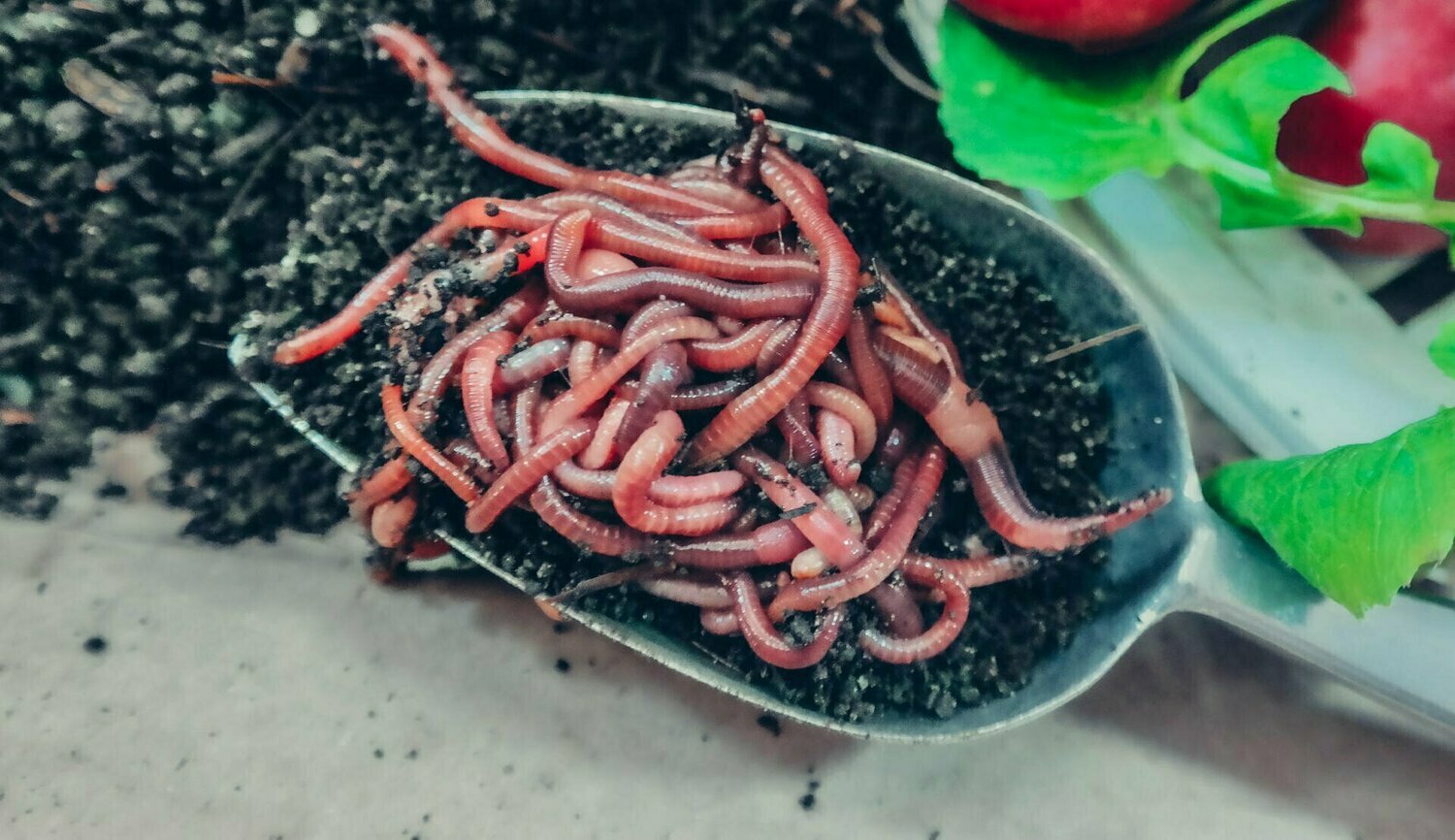Why Red Wiggler Composting is the Best Option for Eco-Friendly Horticulture
Why Red Wiggler Composting is the Best Option for Eco-Friendly Horticulture
Blog Article
Comprehending the Benefits of Red Wiggler Composting: Just How This Efficient Technique Changes Organic Waste Into Nutrient-Rich Dirt Amendments
Red Wiggler composting, using the varieties Eisenia fetida, offers a compelling technique to natural waste management, converting kitchen area scraps and backyard particles right into beneficial soil amendments. This method not only boosts dirt fertility yet additionally addresses pushing environmental issues, including land fill waste decrease and greenhouse gas discharges.
What Are Red Wigglers?
Red wigglers, clinically referred to as Eisenia fetida, are a types of earthworm that play a critical role in vermicomposting systems. These worms are identified by their reddish-brown shade, segmented bodies, and a distinct ability to thrive in organic-rich settings, making them excellent for composting applications - Red Wiggler Composting. Unlike their garden-dwelling equivalents, red wigglers choose to inhabit the top layers of soil, where rotting matter is bountiful
Typically gauging between 3 to 4 inches in size, red wigglers have a high reproductive price, enabling them to multiply swiftly under ideal conditions. They have an unique digestion system that allows them to process organic waste successfully, transforming it right into nutrient-rich castings, which are very valuable for plant growth.
Their resistance to differing moisture levels and temperature level ranges better improves their energy in vermicomposting arrangements, making them a favored option among composting fanatics. In addition, red wigglers are cardiovascular organisms, which requires a well-aerated composting setting, making sure reliable disintegration. Comprehending the organic attributes and behaviors of red wigglers is necessary for optimizing their use in sustainable waste monitoring methods.

Benefits of Vermicomposting
Utilizing the power of vermicomposting deals a multitude of ecological and farming benefits. To start with, it considerably reduces organic waste in land fills, thereby lessening methane discharges, a potent greenhouse gas. By diverting food scraps and yard waste to vermicomposting, we support a more sustainable waste administration system.
In addition, vermicomposting improves soil health and wellness. The castings produced by red wigglers are rich in necessary nutrients, germs, and enzymes, boosting dirt framework and fertility. This nutrient-rich change advertises durable plant growth and increases water retention, decreasing the requirement for chemical fertilizers.
Additionally, vermicomposting fosters biodiversity in the dirt ecological community. The intro of beneficial microorganisms from worm castings help in illness suppression and nutrient cycling, developing a much healthier setting for plants.
Economically, vermicomposting reduces the prices connected with chemical inputs and garbage disposal. Farmers and gardeners can grow top notch fruit and vegetables at reduced expenditures, adding to food protection and sustainability.
Just How to Begin Composting
Starting a composting venture can be a straightforward and fulfilling procedure. To start, choose a suitable place that is well-drained and receives partial sunshine. This will assist maintain a balanced temperature level, critical for the composting process. Next off, choose a garden compost container or create a designated location in your garden, ensuring it is conveniently available for harvesting and adding products compost.
Collect organic products such as kitchen scraps, lawn waste, and shredded paper. Aim for a well balanced mix of 'green' products, high in nitrogen (e.g., fruit scraps, coffee grounds), and 'brownish' materials, rich in carbon (e.g., dried out leaves, cardboard) A ratio of about 2:1 eco-friendly to brownish materials is excellent.
Begin layering your products, guaranteeing ample air circulation by transforming the pile on a regular basis. This advertises aerobic decay, speeding up look what i found and reducing odors up the procedure. Display moisture degrees; the garden compost should feel like a wet sponge but not excessively wet.
Nutrient Account of Vermicompost
Composting, specifically with red wigglers, yields a nutrient-rich product understood as vermicompost. This organic modification important link is distinguished by its high concentration of necessary nutrients, making it a vital source for horticulture and farming. Vermicompost typically has elevated levels of macronutrients such as phosphorus, potassium, and nitrogen, which are essential for plant development. In addition, it offers micronutrients like calcium, iron, and magnesium, promoting robust plant growth and boosting dirt health and wellness.
The microbial activity present in vermicompost even more enriches its account, introducing useful germs and fungi that advertise nutrition schedule and uptake in plants. This biological component help in reducing plant illness and improving dirt framework, resulting in enhanced water retention and oygenation.

Environmental Impact of Composting
The ecological influence of composting, especially through using red wigglers, is extensive and diverse. This technique dramatically minimizes the quantity of organic waste sent out to landfills, which in turn minimizes greenhouse gas emissions, especially methane-- a potent factor to environment change. By drawing away organic materials from landfills, red wiggler composting not just aids reduce ecological destruction but likewise advertises lasting waste monitoring practices.

Moreover, composting adds to carbon sequestration, as the procedure records co2 from the ambience and shops it in the dirt. This all-natural procedure aids in combating climate adjustment while enhancing the soil - Red Wiggler Composting. In general, red wiggler composting offers a feasible, environment-friendly option for waste monitoring and environmental sustainability, promoting healthier communities and an extra sustainable future
Verdict
In verdict, Red Wiggler composting serves as a reliable technique for converting natural waste right into important dirt modifications. The procedure not only boosts soil fertility and framework however also minimizes ecological issues linked with waste disposal.
Red Wiggler composting, utilizing the species Eisenia fetida, provides a compelling technique to organic waste monitoring, converting kitchen area scraps and yard particles right into important dirt amendments. Unlike their garden-dwelling equivalents, red wigglers prefer to populate the upper layers of soil, where rotting matter is bountiful.
The castings generated by red wigglers are rich in essential nutrients, microorganisms, and enzymes, boosting soil structure and fertility. The nutrient-rich results of red wiggler activity enhance dirt structure, boost water retention, and promote biodiversity within the soil ecological community.In verdict, Red Wiggler composting serves as an efficient approach for converting natural waste right into important dirt amendments.
Report this page